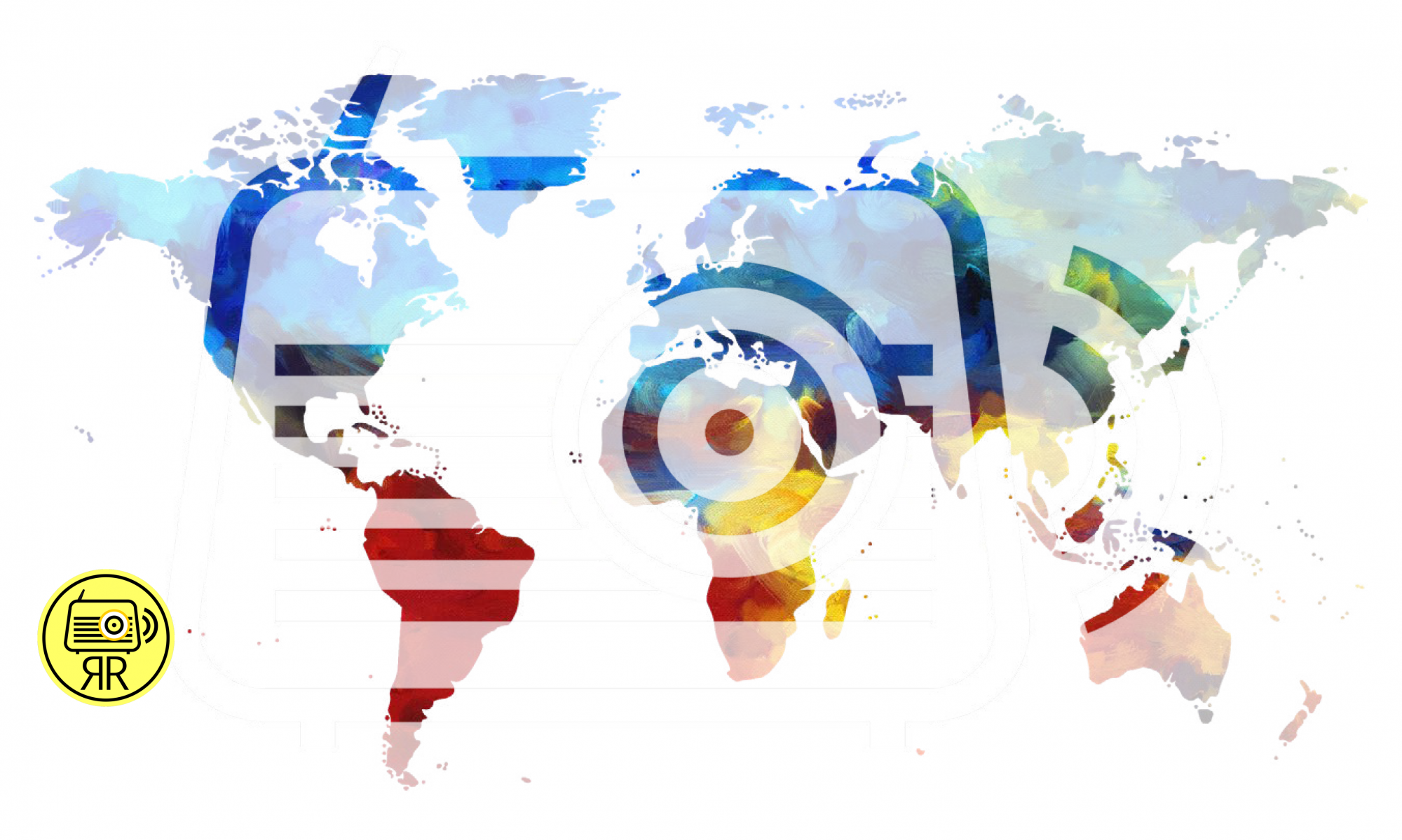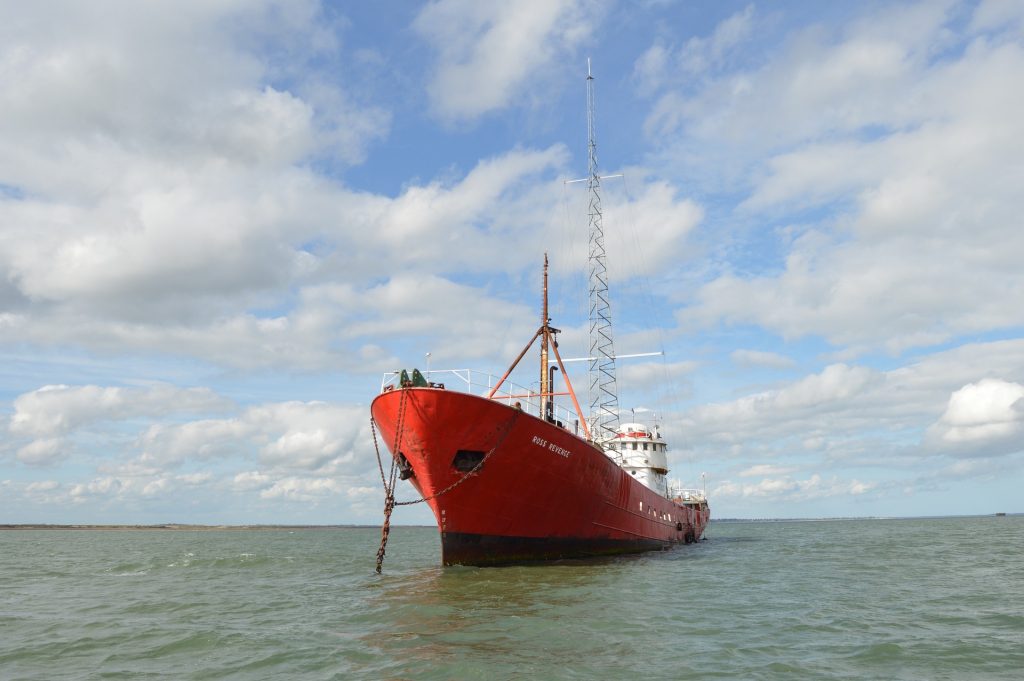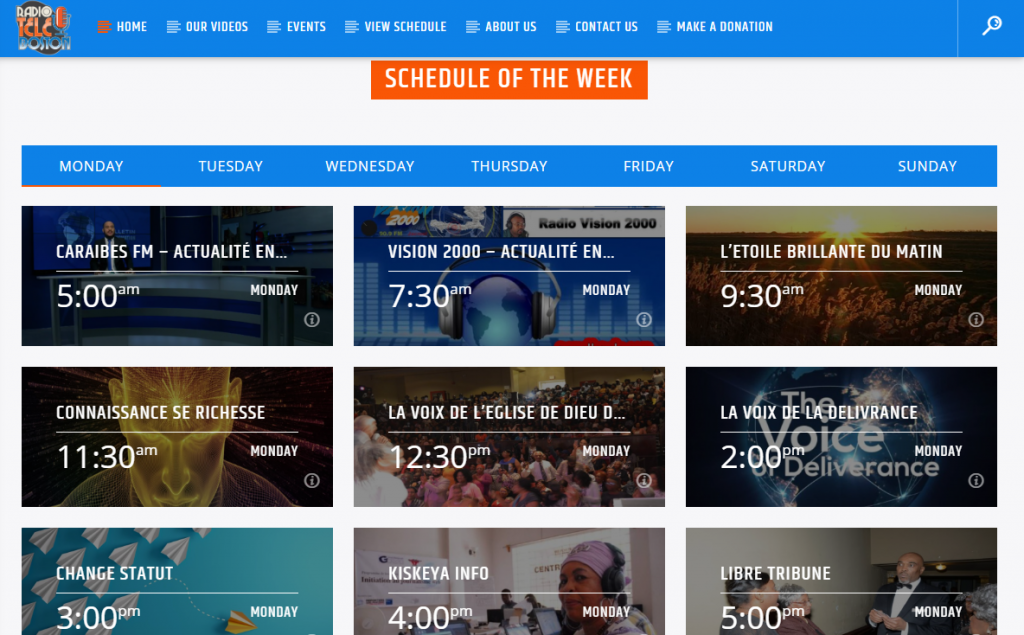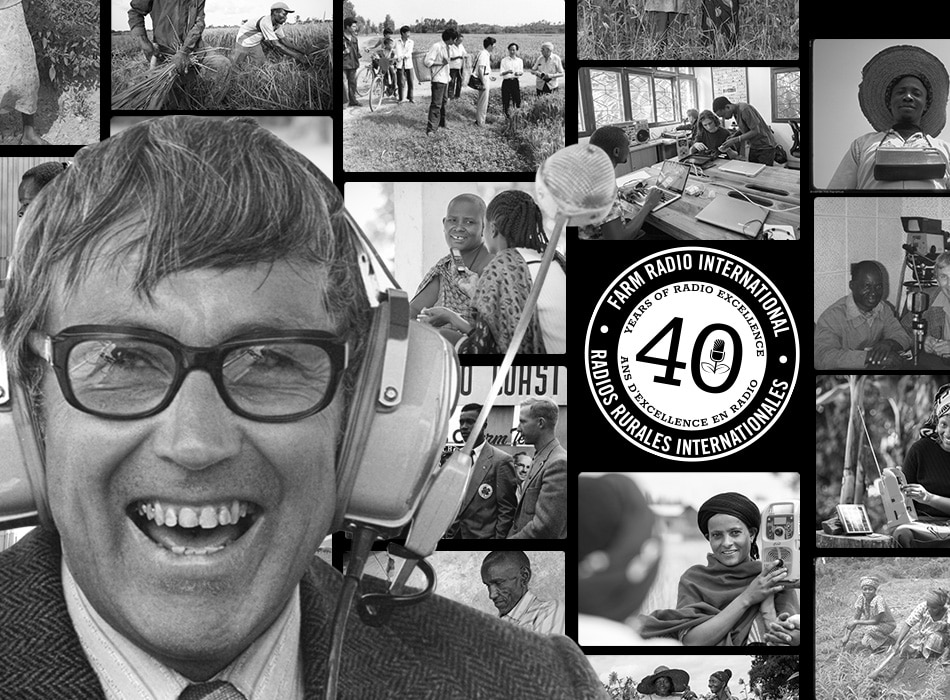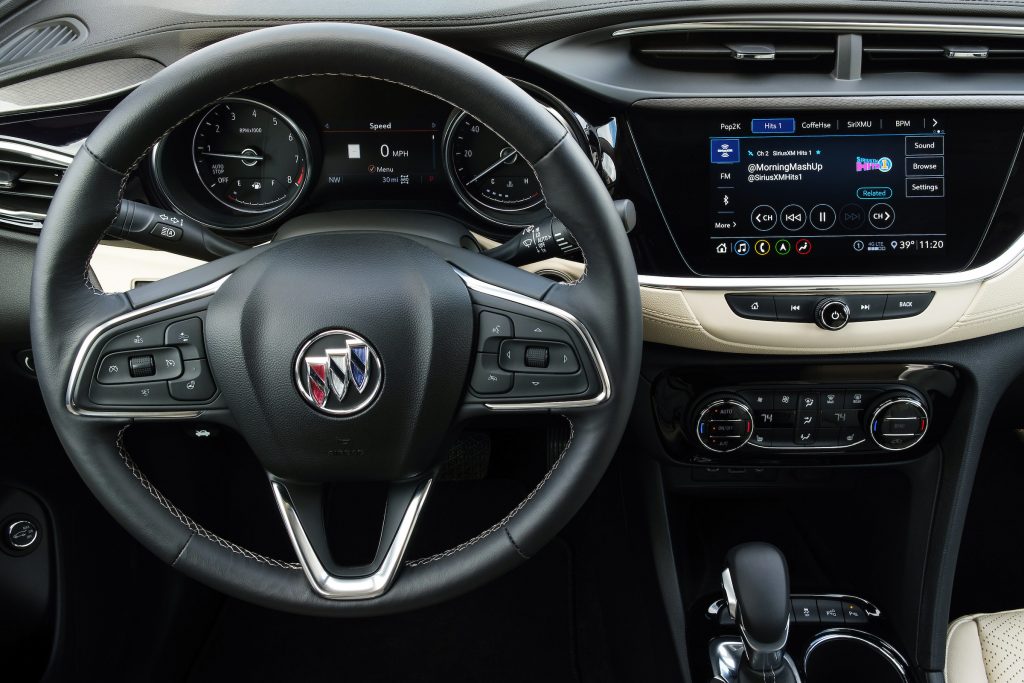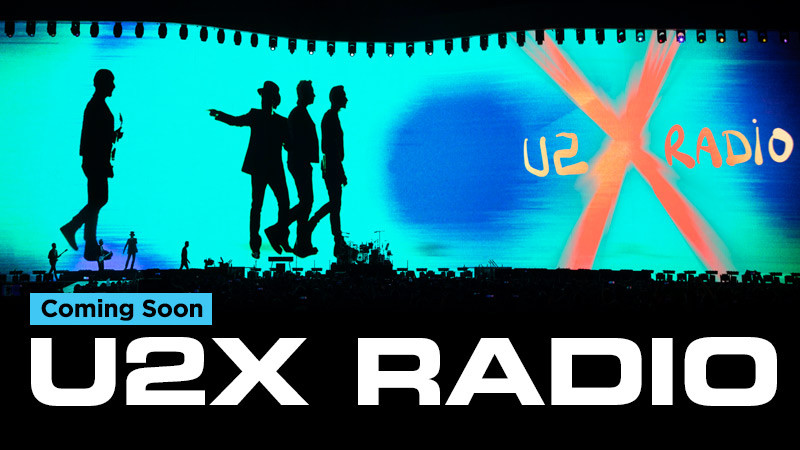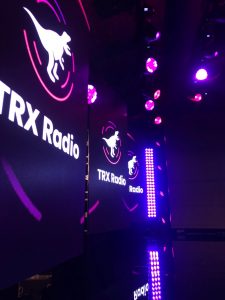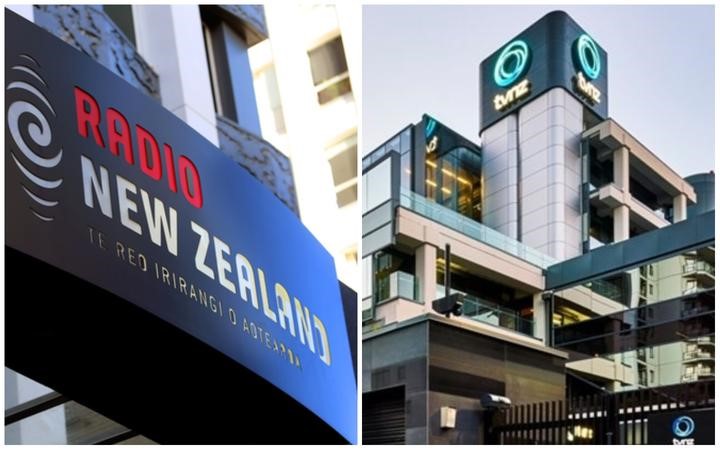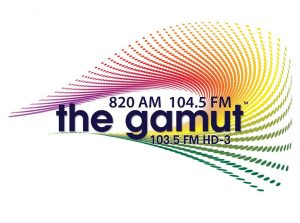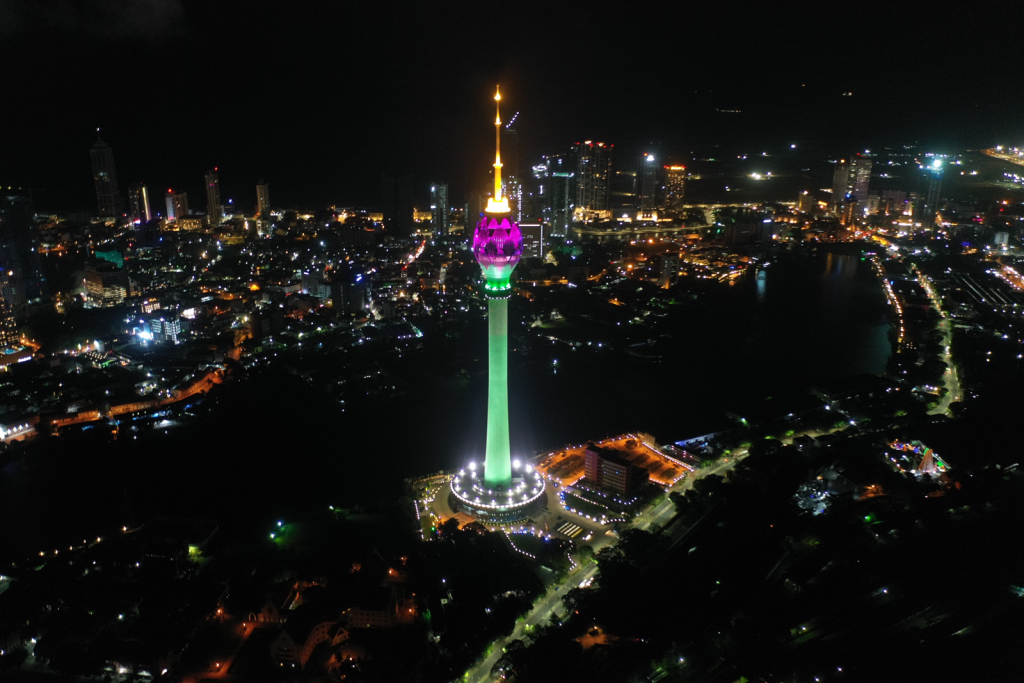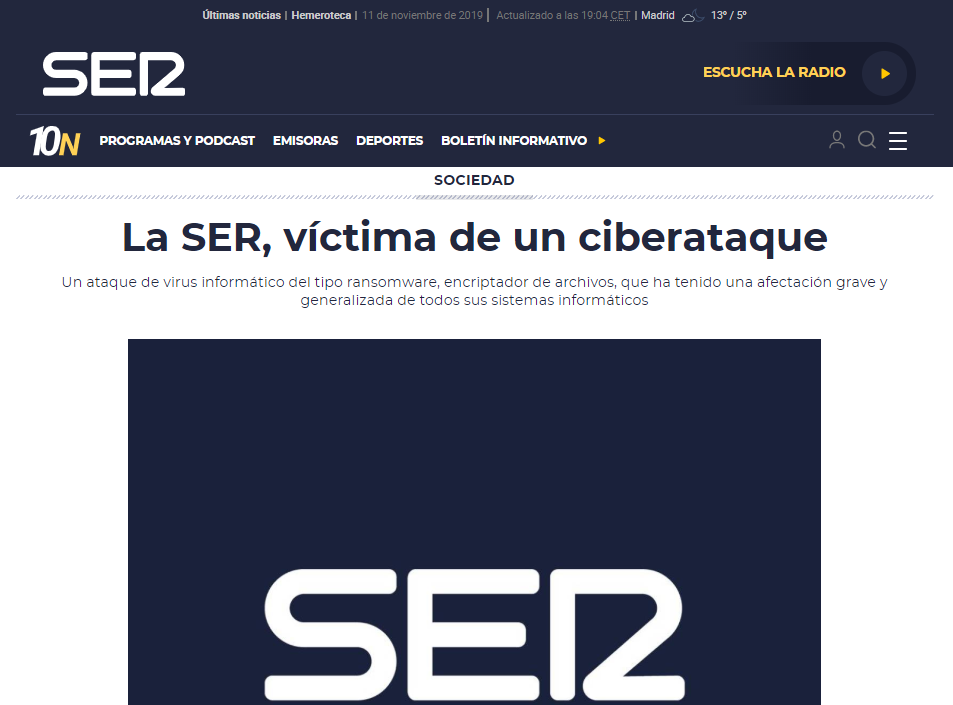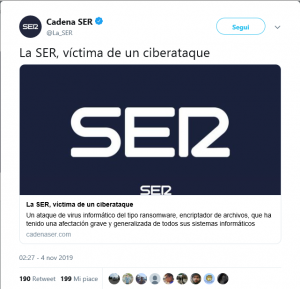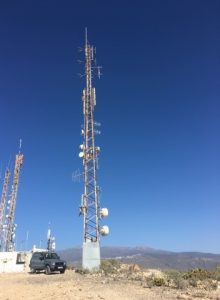
Source
Digital transmissions on DAB waveband, channel 9C, started in Tenerife in December 2019. The transmitter is located on the Teide, the highest active volcano in the Atlantic ocean and also the highest mountain in Spain (3.718 m). In total there are nine programmes transmitted: Axel24, BBR and XPR2 are exclusively aired on the Canary Islands, whereas Coast FM, Energy FM, Europa FM, Loca FM, Loca Latino and Magica FM, are also transmitted in Spain. Since February, Gran Via Radio from Barcelona has been added, a well-known station on 91.2 in the Catalonian metropolis.
The installation, made by Techworld Sur from Tenerife, uses a technology called BCAST, by a Polish company which provides small and medium sized radio transmitters and the software platform DABCAST for the digital transmission. In this way, the radio station is just paying a fee for the service without the need of buying any hardware equipment or the transmitter (an initiative funded by European Union’s Horizon 2020 programme). The radio station uses the software Virtual Studio to put together the audio stream with other elements that must be transmitted, such as album covers, the logo and extended text information. Then, the signal is sent to the cloud where it goes through the multiplexing process, it is encrypted with an algorithm that protects it from losing data and then is submitted to the transmitter.
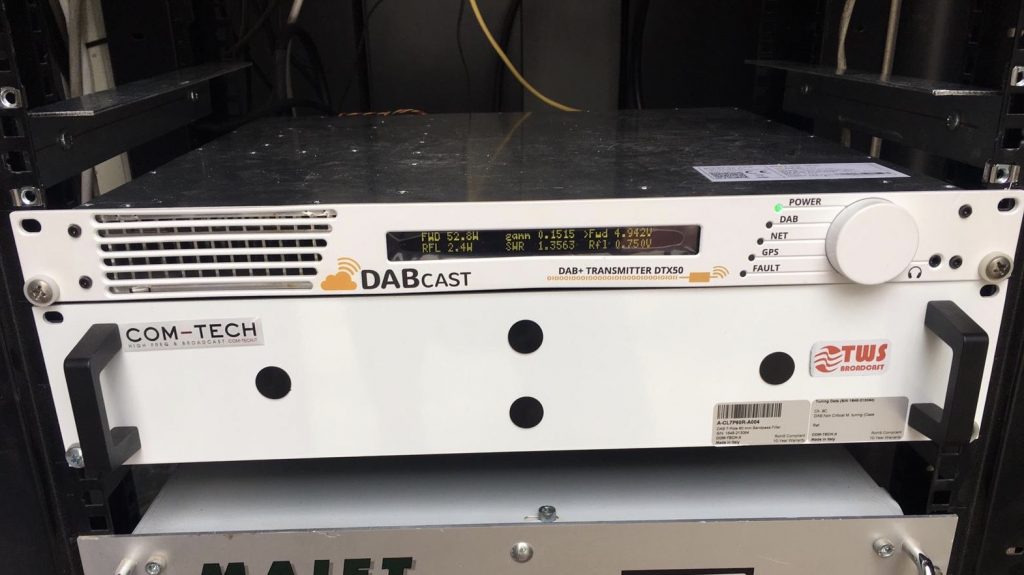
Source
Illegal vs. legal match ended 4-3, but Navarra started a “remuntada”
At this stage seven multiplexes are active in Spain, but only three of them are official: the ones presumably without a license are those located in Costa del Sol (channel 7B in Marbella) and on the Canary Islands (7B in Gran Canaria, 7D and 9C in Tenerife). But Navarra’s government is going to even the score: on January 8th, 2020 it announced a call for the release of six licences for DAB transmission. A regional block, on channel 11D named FU-NAV, with 6 regional channels and another 72 channels for local broadcasters divided into two blocks made of 6 broadcasters in Pamplona, and 10 local blocks. Navarra is the first autonomous community granting regional licenses for digital radio: are other regions going to follow this path?

Source
